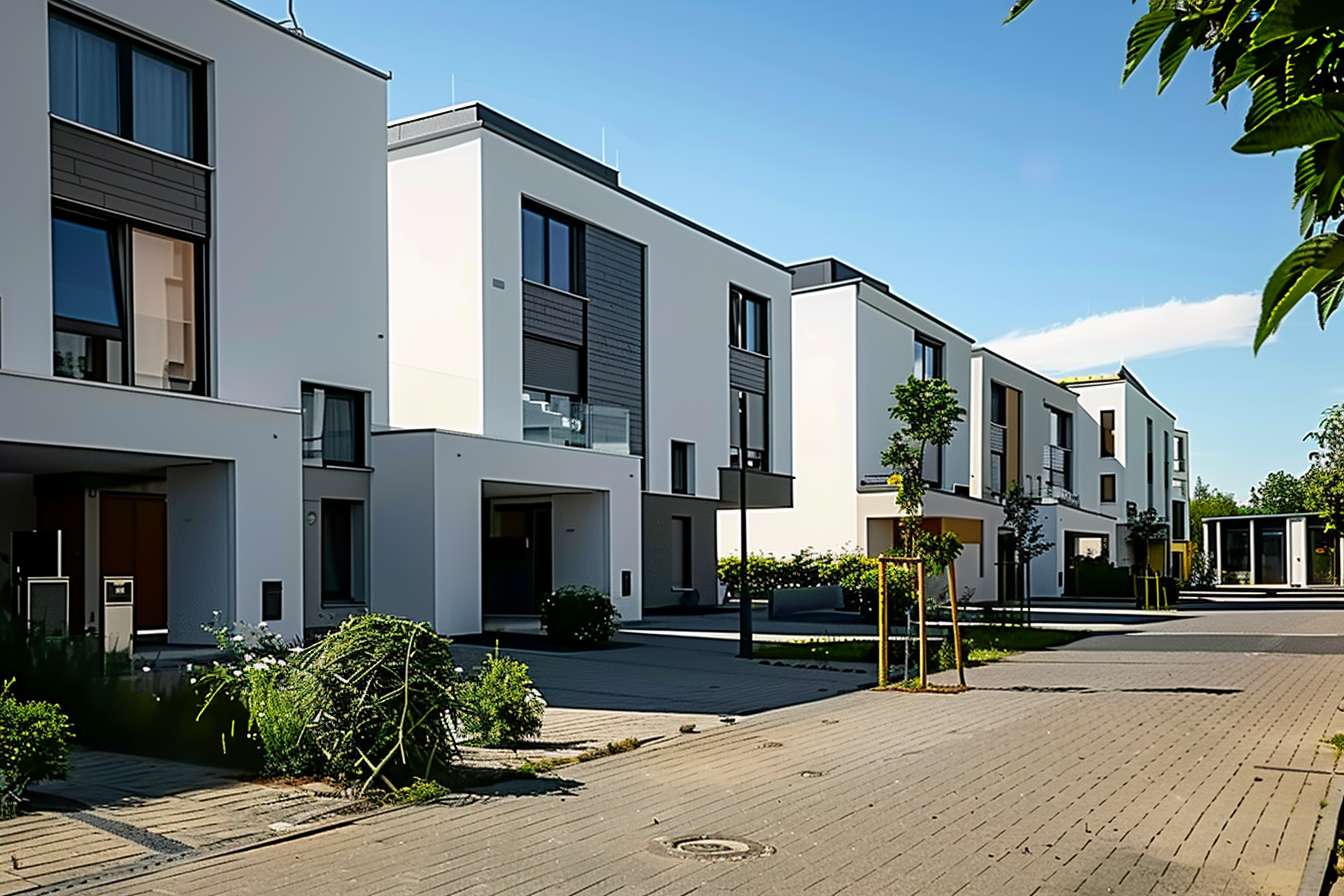Demographic Shifts and Intergenerational Community Dynamics
Demographic shifts reshape how people of different ages live together, interact, and build shared civic life. As populations age in some regions and diversify in others through migration, neighborhoods must adapt systems of participation, inclusion, and support. Understanding demography helps planners, community groups, and residents strengthen cohesion, wellbeing, and resilience across generations.

Demographic shifts reshape how people of different ages live together, interact, and build shared civic life. As populations age in some regions and diversify in others through migration, neighborhoods must adapt systems of participation, inclusion, and support. Understanding demography helps planners, community groups, and residents strengthen cohesion, wellbeing, and resilience across generations.
Demography and generational change
Demography drives the pace and form of intergenerational interaction. Changes in birth rates, aging populations, and life expectancy alter household composition and service needs. These shifts influence labor markets, schooling demand, and local social services. Accurate demographic data supports planning for accessible housing, health-related wellbeing programs, and spaces that encourage cross-generational participation. When communities analyze demographic trends, they can better anticipate where mentoring, caregiving, or recreational programs will be most needed and design policies that reduce isolation while promoting inclusion.
Urban neighborhoods and cohesion
In urban neighborhoods, density and diversity create both opportunities and pressures for social cohesion. High-density settings can foster casual intergenerational encounters in shared spaces—parks, libraries, transit—but may also intensify competition for resources. Local services and place-based initiatives that prioritize safe public spaces, mixed-use development, and community forums help maintain neighborhood cohesion. Inclusive design and localized planning processes enable residents of different ages and backgrounds to co-create norms and activities that strengthen ties and improve collective wellbeing.
Migration, integration, and inclusion
Migration changes the cultural and age profile of communities and raises integration challenges and opportunities. Successful inclusion involves language access, equitable local services, and pathways for newcomers to contribute through employment, cultural exchange, and volunteering. Intergenerational interaction can accelerate integration when schools, community centers, and neighborhood groups facilitate shared activities. Policies that recognize the skills of migrants and encourage cross-generational mentoring or shared learning support mutual understanding and reduce social fragmentation, improving social resilience in diverse settings.
Digital tools and civic participation
Digital platforms are reshaping civic participation across age groups, but access and skills vary by generation. Older adults may face digital barriers while younger people often rely on online networks for volunteering and activism. Bridging digital divides means investing in training, affordable connectivity, and user-friendly civic apps that invite broad participation. Hybrid approaches, combining face-to-face forums with digital outreach, can amplify inclusion and participation, enabling a wider mix of voices to shape neighborhood priorities and civic life.
Volunteering, participation, and wellbeing
Volunteering provides structured ways for different generations to interact and contribute to community wellbeing. Programs that pair younger volunteers with older residents for skills exchange, caregiving support, or neighborhood projects create reciprocal value: social connection, purpose, and practical assistance. Effective participation models include time-banking, intergenerational mentoring, and community-led initiatives that recognize diverse capacities. Encouraging flexible volunteering opportunities and recognizing informal contributions helps sustain civic engagement across life stages and improves mental and social wellbeing for participants.
Resilience in intergenerational communities
Resilience emerges when communities mobilize diverse skills and experiences across generations. Elders often hold local knowledge and social capital, while younger residents may bring digital literacy and new organizational approaches. Combining these strengths enhances emergency preparedness, social support networks, and adaptive local economies. Neighborhood resilience planning should integrate age-responsive strategies—transportation access, safe public spaces, and localized communication channels—to ensure that all residents can participate in recovery and adaptation processes.
Conclusion
Demographic change is not a single challenge but a set of shifting conditions that reshape community dynamics. By centering inclusion, fostering cross-generational participation, closing digital divides, and supporting integration for migrants, neighborhoods can sustain cohesion and wellbeing. Practical measures—accessible local services, volunteer programs, and age-aware planning—help translate demographic insight into resilient, connected communities where multiple generations contribute and thrive.






